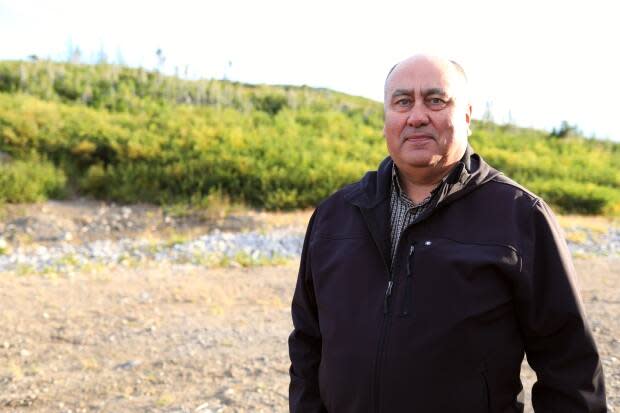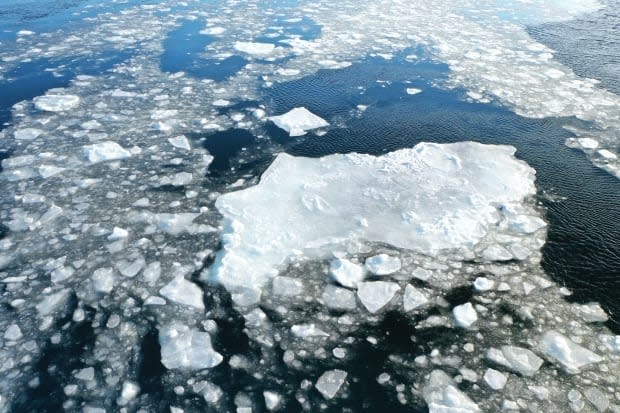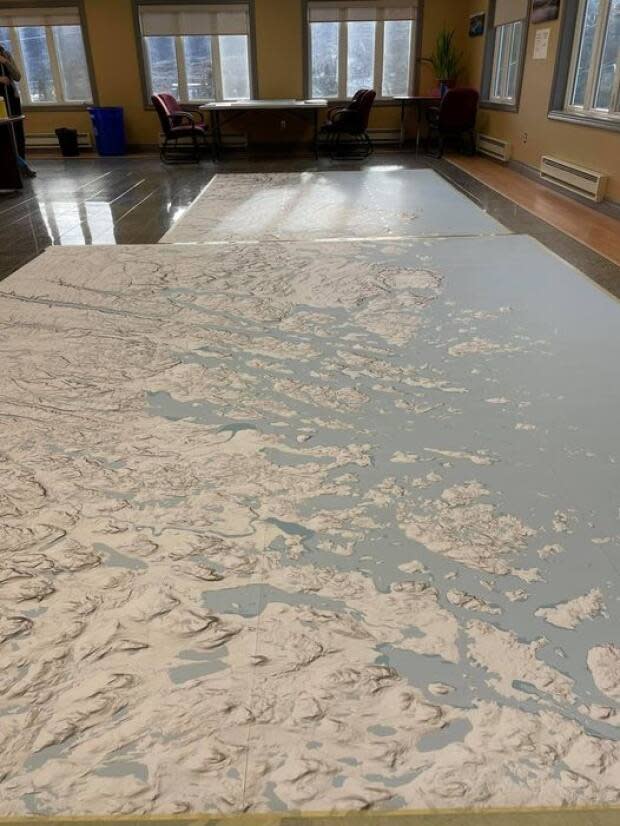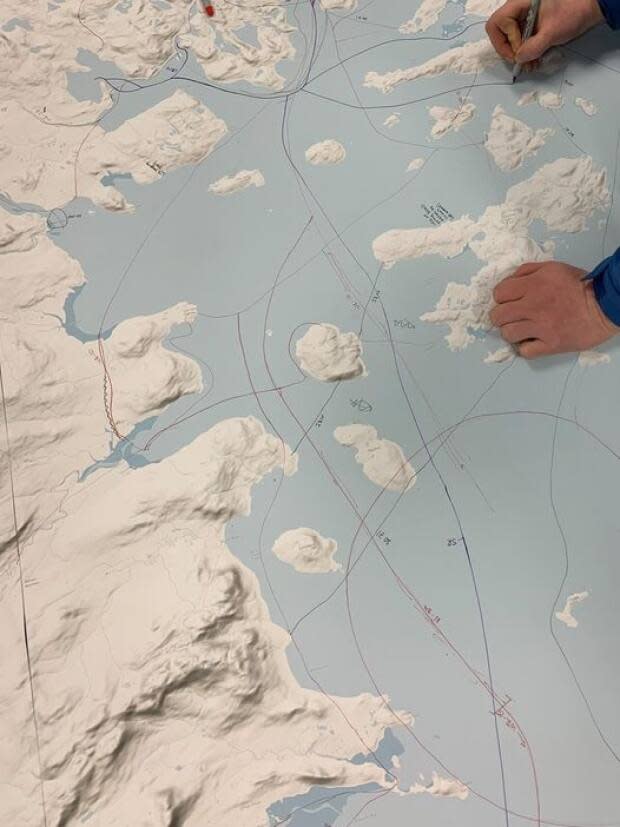Labrador's Inuit mark out ice routes that are disappearing due to climate change


Our planet is changing. So is our journalism. This story is part of a CBC News initiative entitled Our Changing Planet to show and explain the effects of climate change and what is being done about it.
Residents of the Labrador coastal community of Makkovik used to be able to travel from their town and head northward to Cape Strawberry or down to islands to the south, without too much concern.
Over the last few decades, that has changed, says Barry Andersen, angajukKâk for the Inuit community.
"In the last 20 years, the sea ice has been breaking up quite often in the wintertime. So you really have to be aware of the ice conditions, the wind direction and that kind of thing in order to get around," Andersen said.
It used to be a straight route to cabins or to hunt seals and ducks in the spring, Andersen said.

"Last winter was the first winter in memory that not one single Ski-doo were able to go around Ford's Bight Point safely," Andersen said.
"Times [are] changing."
To track these changes, maps spanning eight to 12 feet have been spread out in community centres in Makkovik, Nain and Postville.
Elders, knowledge keepers and community members alike were invited to draw the routes they used to be able to take and explain to researchers with Dalhousie University how they have changed over the years.
Researchers Breanna Bishop, May Wang and Katrina Anthony have been travelling to different communities to help their understanding of environmental change. The research was also done in Rigolet and Hopedale in 2019, but was paused during the COVID-19 pandemic.
There have been substantial changes happening to the environment due to climate change, especially with sea ice, Bishop said. As a result, they wanted to map out that Labrador Inuit knowledge, she said.
"Things like areas of open water in the winter or unsafe places and the travel routes that are used and how these may be changing over time," said Bishop, a PhD student.

The group's large-format maps allow knowledge holders to draw out the route in pen from a bird's eye view. Children and youth were also invited to see the process take place.
"It's helpful for sharing that knowledge, and it can supplement stories and other forms of sharing knowledge within the community," Bishop said of the maps.

The sheer extent of travel over sea ice was incredible to see, Bishop said.
As well, they hope it supplements the community discussions for sea ice travel as well as helping their own research by using the visual aid to strengthen and support climate change planning in regions, she said.
Bishop said the research also is helping her understand how people perceive and understand climate change and environmental change.
She said the researchers will bring what they have gathered to the communities.
Andersen said it was good to see strong participation at the Makkovik Community Centre. He hopes people learn to be more cautious from the experience and knowledge shared.
"You have to be aware of the sea swells all the time, not just in the fall or in summertime. The sea swells are pretty much up or active year around now," Andersen said.
"We just have to be more vigilant. And pay attention to our surroundings."


